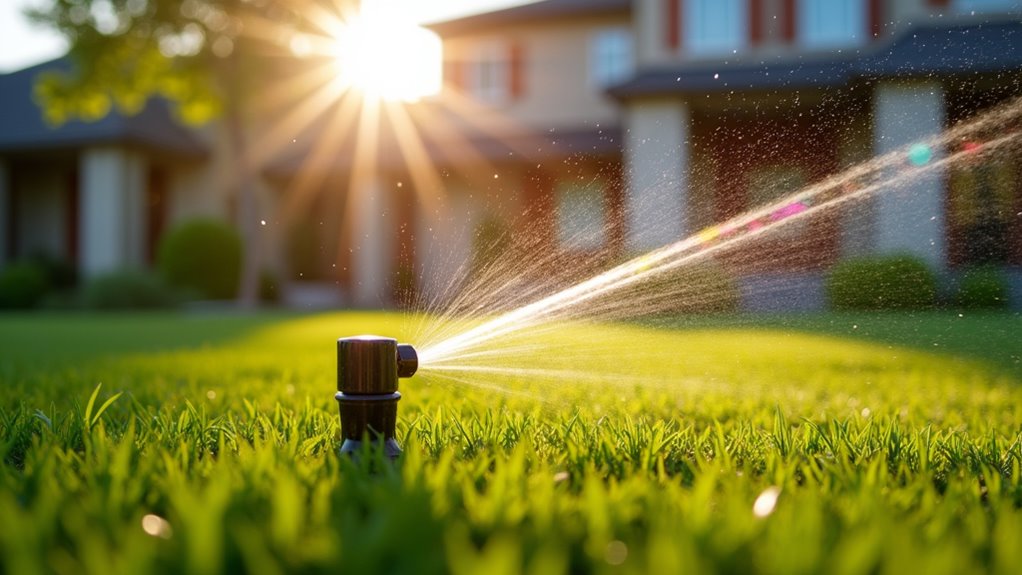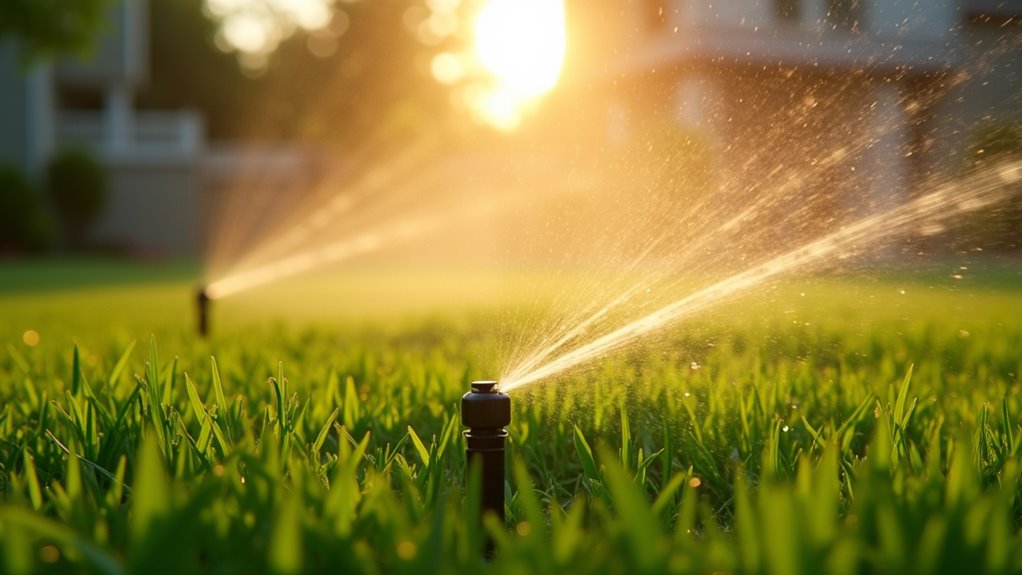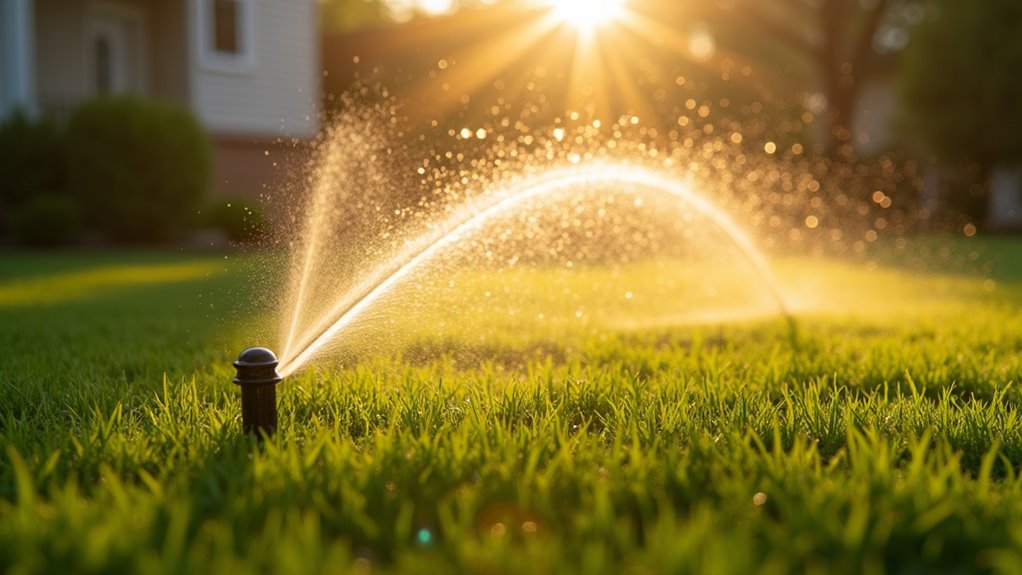The top low-voltage outdoor illumination systems for 2025 prioritize smart integration and energy efficiency. You’ll find exceptional performance from Kichler’s Design Pro LED series for superior beam spread, FX Luminaire’s ZD technology for advanced dimming, and VOLT’s brass fixtures with their 15-year warranty. For budget-conscious options, Paradise’s GL33100 offers professional-grade illumination with user-friendly installation. Your ideal system depends on specific factors like desired automation, coverage area, and long-term maintenance needs – let’s examine your options.
Understanding Low-Voltage Landscape Lighting: Basics and Benefits
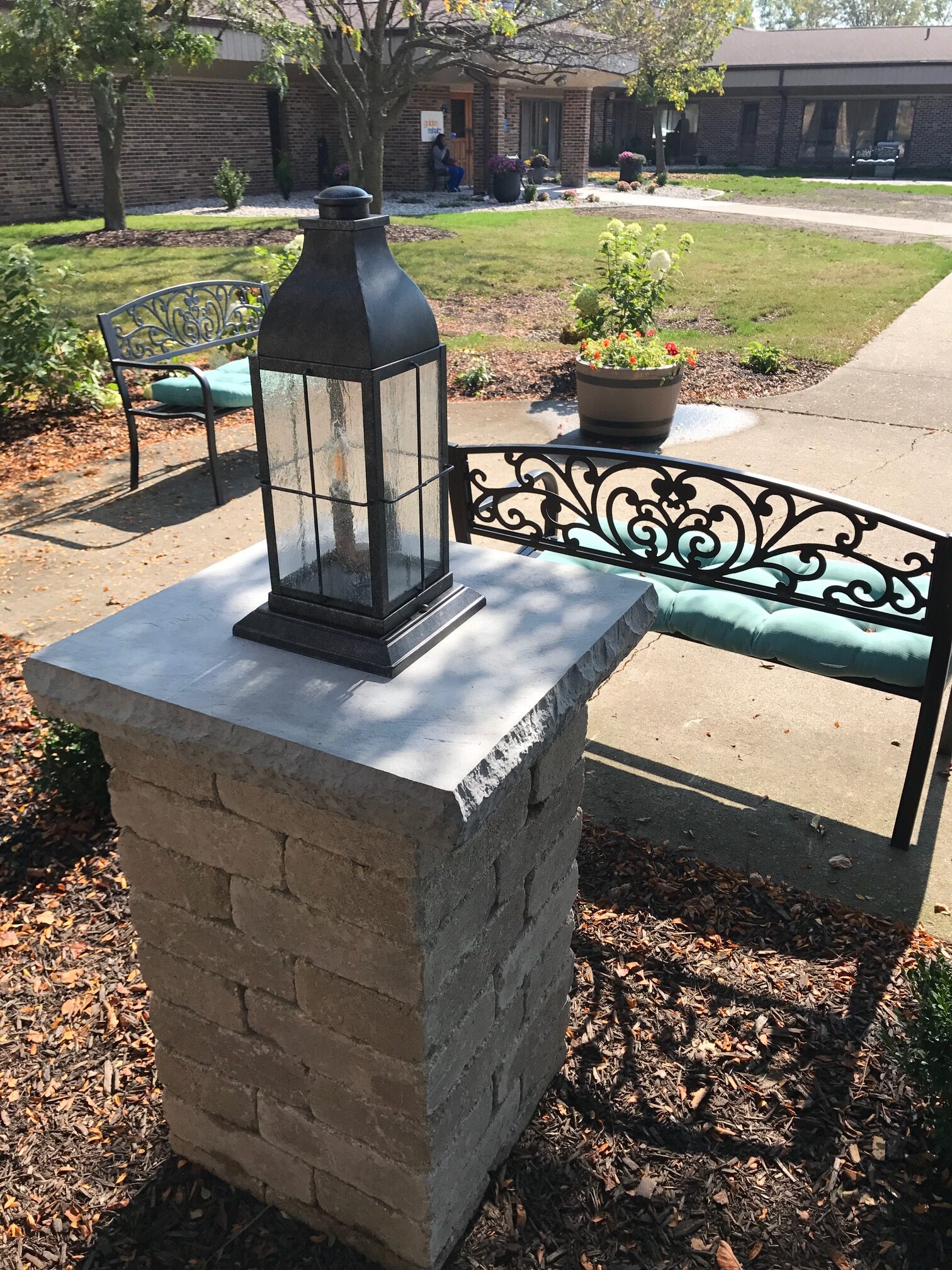
While traditional 120-volt lighting systems have long been the standard for outdoor illumination, low-voltage terrain lighting operating at 12-24 volts offers a safer, more energy-efficient alternative for homeowners and gardening professionals.
Low voltage advantages extend beyond safety and energy efficiency. You’ll find these systems easier to install, requiring no deep trenching or complex electrical work. The transformers convert standard household current to safer low-voltage power, eliminating the risk of severe electrical shock during installation or maintenance.
Modern low-voltage fixtures use LED technology, consuming up to 75% less energy than traditional bulbs while lasting 25 times longer. You can also integrate smart controls, allowing programmed scheduling and dimming capabilities. This adaptability lets you create layered lighting effects, highlight garden features, and establish distinct outdoor zones – all while maintaining ideal power consumption.
Top Features to Consider When Choosing Your System
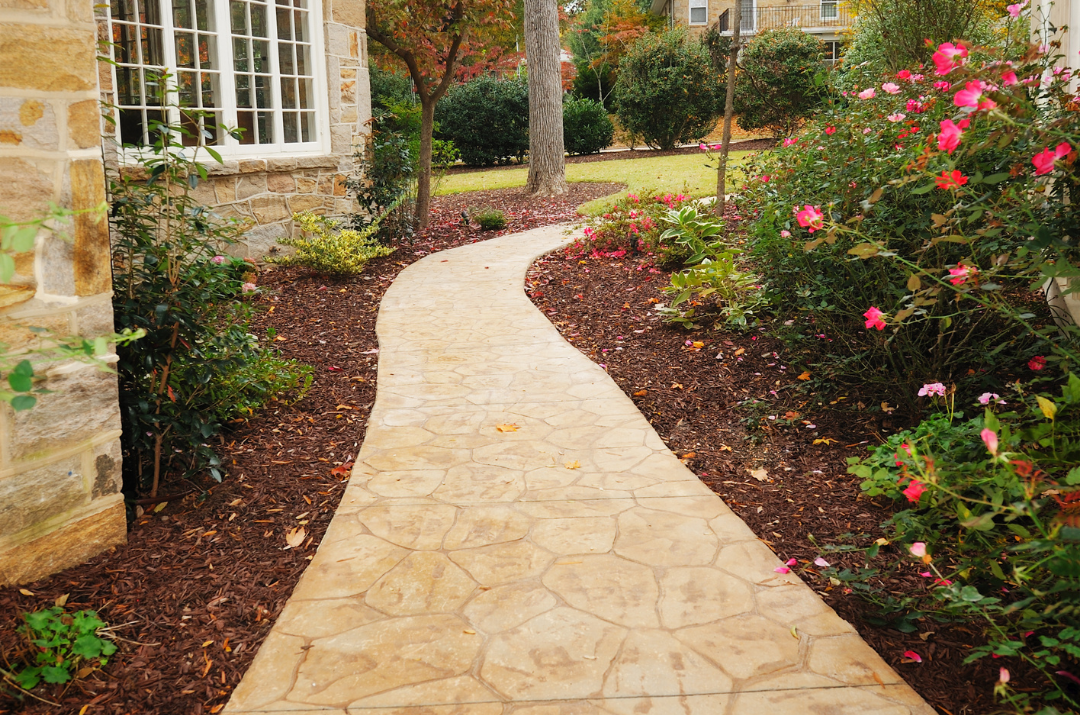
When selecting a low-voltage outdoor lighting system, you’ll need to evaluate the lumens output and wattage requirements to guarantee proper illumination for your outdoor spaces. You’ll want to take into account the installation complexity, including cable routing options, transformer placement, and fixture mounting methods that best suit your outdoor layout. Smart control features, such as programmable timers, mobile app integration, and zone management capabilities, can greatly improve your system’s functionality and energy efficiency.
Light Output and Power
Two critical factors that’ll determine your scenery lighting system’s effectiveness are its light output and power capabilities. When selecting fixtures, you’ll need to balance light intensity with energy efficiency to achieve ideal illumination without excessive power consumption.
Most quality systems operate between 12-15 volts, delivering sufficient power for standard outdoor applications while maintaining safety and efficiency. You’ll want to calculate your total wattage needs by adding up individual fixture requirements, then choose a transformer that’s rated at 20% higher than your total load.
For light output, consider lumens rather than watts when comparing LED options. Modern LED fixtures typically produce 50-200 lumens per watt, offering significant energy savings over traditional halogen bulbs while maintaining comparable brightness levels.
Installation and Control Options
Since modern scenery lighting systems offer diverse installation approaches, you’ll need to evaluate several key control features before making your final selection. Consider automated control systems that integrate with smart home platforms, allowing you to adjust brightness levels and scheduling through mobile apps or voice commands.
Advanced installation techniques now include plug-and-play connections that eliminate complex wiring, while weatherproof components guarantee durability in outdoor conditions. You’ll find systems offering zoning capabilities, enabling independent control of different outdoor areas. Motion sensors and photocell technology can automatically activate lights at dusk and respond to movement, enhancing both security and energy efficiency.
Look for systems with expandability options that let you add fixtures without overhauling existing installations. Digital timers and astronomical clock features adjust to seasonal changes, maintaining ideal illumination year-round.
Best Smart-Enabled Landscape Lighting Solutions
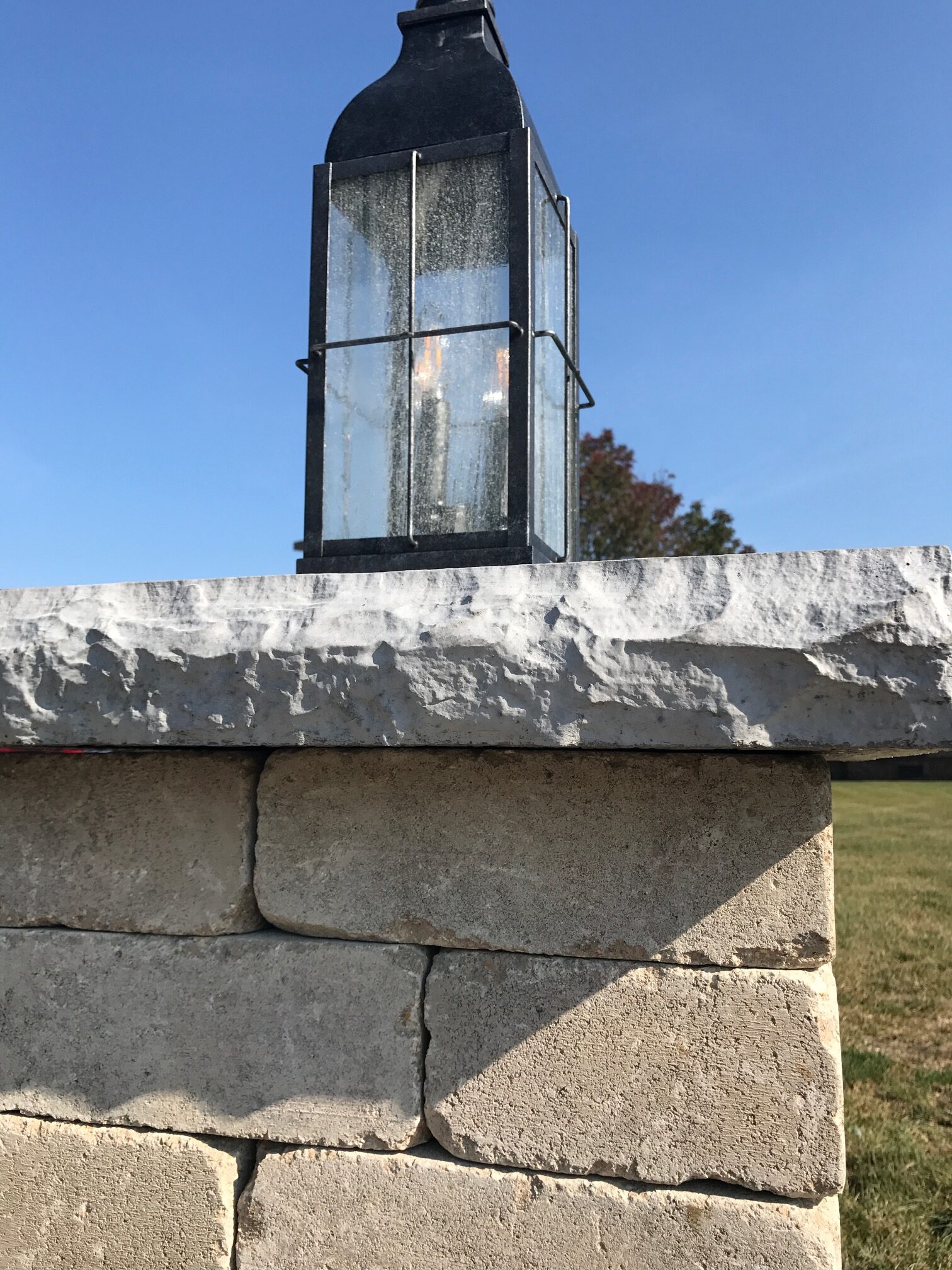
Modern smart-enabled outdoor lighting systems improve outdoor illumination through app-based controls, automation, and integration with home automation platforms. Leading solutions like Philips Hue Outdoor and VOLT® Smart integrate seamlessly with popular ecosystems including Alexa, Google Home, and Apple HomeKit.
You’ll find advanced features such as scheduling, dimming, and color-changing capabilities accessible through intuitive smartphone apps. Smart home integration allows you to create synchronized lighting scenes and automate responses to triggers like motion sensors or weather conditions. Most systems utilize strong wireless connectivity protocols like Zigbee or Bluetooth mesh networking for reliable operation.
When selecting a smart outdoor lighting system, prioritize those offering weather-resistant hardware, expandability options, and strong manufacturer support for software updates and technical assistance.
Budget-Friendly Low-Voltage Lighting Options
Creating an attractive outdoor lighting setup doesn’t require breaking the bank, as numerous affordable low-voltage systems offer excellent illumination at budget-friendly price points. You’ll find basic LED path light kits starting around $150, which typically include 6-8 fixtures, a transformer, and necessary cables.
To enhance your investment, focus on energy efficiency by selecting LED fixtures that consume less than 5 watts each. Consider modular systems that allow for future expansion, and opt for aluminum or composite materials that provide durability without premium pricing. Many affordable options now feature adjustable beam spreads and replaceable bulbs, extending their service life. Look for manufacturers offering multi-year warranties, even on budget lines, ensuring your investment remains protected while maintaining lower upfront costs.
Professional Installation vs. DIY: What You Need to Know
While both professional installation and DIY approaches have their merits for low-voltage outdoor lighting, your choice should depend on your technical expertise, available time, and project complexity. Professional services offer expert design considerations and guaranteed results but come with higher installation costs. If you’re considering the DIY route, you’ll need to assess your skill level and available time commitment carefully.
- Professional installers bring specialized tools, industry knowledge, and warranty protection, typically completing projects within 1-2 days
- DIY installation requires basic electrical knowledge, proper tools, and approximately 8-16 hours for a standard yard
- Safety considerations include proper wire sizing, transformer calculations, and waterproof connections
- You’ll need voltage testers, wire strippers, trenching tools, and outdoor-rated connectors for DIY projects
- Professionals handle complex layouts, zoning requirements, and technical troubleshooting more efficiently
Maintenance Tips and Troubleshooting Guide
Regular maintenance of your low-voltage outdoor lighting system guarantees peak performance through timely bulb replacements, weekly cleaning of fixtures, and monthly inspections of transformers and wiring connections. You’ll need to watch for common issues like voltage drops, corroded connections, or damaged wire insulation that can cause sections of lights to dim or fail completely. When troubleshooting lighting problems, systematically test the transformer output, check wire connections, and verify bulb functionality to quickly identify and resolve the root cause.
Bulb Replacement Best Practices
Proper bulb replacement in low-voltage outdoor lighting systems requires both technical knowledge and careful handling to maintain peak performance. When selecting replacement bulbs, you’ll need to take into account both bulb lifespan considerations and energy efficiency ratings to guarantee ideal system operation and cost-effectiveness.
- Always match voltage specifications exactly – using incorrect voltage ratings can damage fixtures and reduce system longevity
- Check manufacturer recommendations for compatible LED, halogen, or xenon bulb types before making replacements
- Handle new bulbs with gloves to prevent oils from your skin affecting bulb performance and lifespan
- Document replacement dates and keep track of bulb performance to enhance future maintenance schedules
- Test voltage at the fixture before installing new bulbs to verify proper power delivery and prevent premature burnout
Keep your system’s manual handy and always disconnect power before beginning any bulb replacement work.
Regular Cleaning and Inspection
Beyond bulb maintenance, systematic cleaning and inspection of your low-voltage terrain lighting system helps prevent performance issues and extends equipment life. You’ll need to establish regular inspection frequency, typically every 3-4 months, focusing on fixture cleanliness, wire connections, and transformer functionality.
Apply proper cleaning techniques by initially disconnecting power, then removing debris and dirt from fixtures using a soft brush. Clean lens surfaces with a mild soap solution and microfiber cloth to maintain peak light output. Don’t forget to check for water accumulation in housing units and clear drainage paths.
During inspection, verify wire connections are tight and insulation isn’t compromised. Test voltage outputs at the transformer and fixture endpoints to guarantee consistent power delivery. Address any corrosion immediately and adjust fixture positioning that may have shifted due to ground movement or landscaping activities.
Diagnosing Common Lighting Issues
When facing issues with low-voltage outdoor lighting, you’ll need to systematically diagnose problems to implement effective solutions. Understanding common causes and applying troubleshooting tips can help you maintain your outdoor lighting system’s peak performance. Start with basic checks before moving to more complex solutions.
- Check transformer voltage output using a multimeter to verify proper power supply
- Inspect wire connections for corrosion, loose fits, or damage that may interrupt electrical flow
- Test individual fixtures by connecting them directly to the transformer to isolate fixture-specific issues
- Verify timer settings and photocell functionality to confirm proper activation cycles
- Look for voltage drop symptoms in fixtures furthest from the transformer, which may require cable upgrades or further transformers
If these steps don’t resolve the issue, consult a professional outdoor lighting technician for advanced diagnostics and repairs.
Expert Reviews of Leading Brands and Models
After extensive testing across multiple professional installers and lighting designers, several outdoor lighting brands consistently earn top marks for reliability and performance. In brand comparisons, Kichler’s Design Pro LED series stands out for its superior beam spread and color consistency, while FX Luminaire’s ZD technology offers unmatched dimming capabilities and smart home integration.
User experiences highlight VOLT’s brass fixtures for their exceptional durability and 15-year warranty, though their app interface needs refinement. WAC’s low-voltage systems excel in energy efficiency but command premium prices. Hinkley’s latest Prima series balances cost and quality, featuring cutting-edge glare-reduction technology and simple installation. For DIY installations, Paradise’s GL33100 maintains professional-grade illumination while offering user-friendly components and thorough installation guides.
Frequently Asked Questions
Can Low-Voltage Landscape Lights Attract Unwanted Insects at Night?
Yes, your low-voltage outdoor illumination can attract insects, but you can minimize insect attraction by making smart lighting choices. Warm-colored lights (yellows and ambers) attract fewer insects than cool-colored lights (blues and whites). You’ll want to avoid ultraviolet and bright white LED lights, as they’re particularly attractive to bugs. For the best results, consider installing amber LED lights or sodium vapor lamps, which produce lighting colors that most flying insects tend to ignore.
How Long Do LED Landscape Light Bulbs Typically Last Before Needing Replacement?
You’ll find that LED outdoor light bulbs have an impressive lifespan, typically lasting between 40,000 to 50,000 hours of operation. With average nightly use of 6 hours, that translates to roughly 18-22 years of service. LED bulb efficiency means they’ll maintain consistent brightness throughout most of their life, only gradually dimming near the end rather than suddenly burning out. For best performance, you should still inspect them annually and keep connections clean.
Will Landscape Lighting Increase My Home’s Resale Value Significantly?
You’ll typically see a modest increase in your home’s resale value with well-designed outdoor scenery lighting. While it’s not as significant as major renovations, proper lighting improves landscape aesthetics and creates inviting outdoor ambiance, making your property more appealing to potential buyers. Studies suggest you can expect a 2-5% increase in home value, particularly when the lighting system highlights architectural features, creates security zones, and provides functional illumination for outdoor living spaces.
Can Extreme Weather Conditions Damage Low-Voltage Landscape Lighting Transformers?
Yes, extreme weather can damage your outdoor environment lighting transformer if it’s not properly protected. You’ll need adequate transformer protection through weatherproof housing and proper installation. Make certain you’re using a UL-listed transformer with weather resistance features, and mount it at least 12 inches above ground level. Install it under an eave or use a protective cover, and guarantee all connections are watertight. Consider a NEMA-rated enclosure for maximum protection in harsh conditions.
Are There Specific Local Regulations Regarding Residential Landscape Lighting Installation?
You’ll need to check your local codes before installing outdoor lighting, as requirements vary greatly by municipality. Many areas require electrical permits, especially for hardwired systems, even if they’re low-voltage. It’s smart to contact your city’s building department to verify specific installation permits needed. Some jurisdictions also have regulations about light pollution, brightness levels, and fixture placement. Professional installers in your area will be familiar with these requirements.

